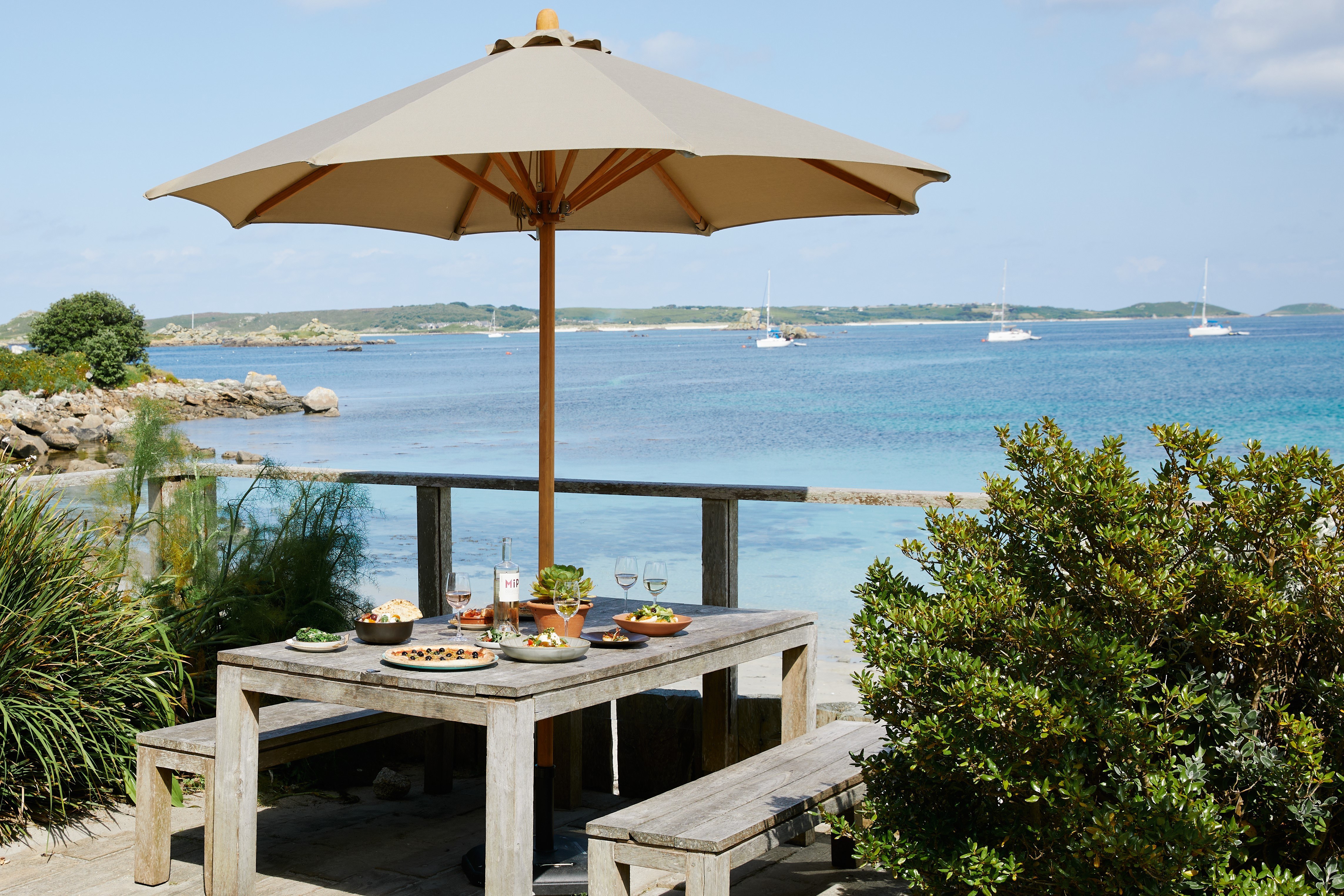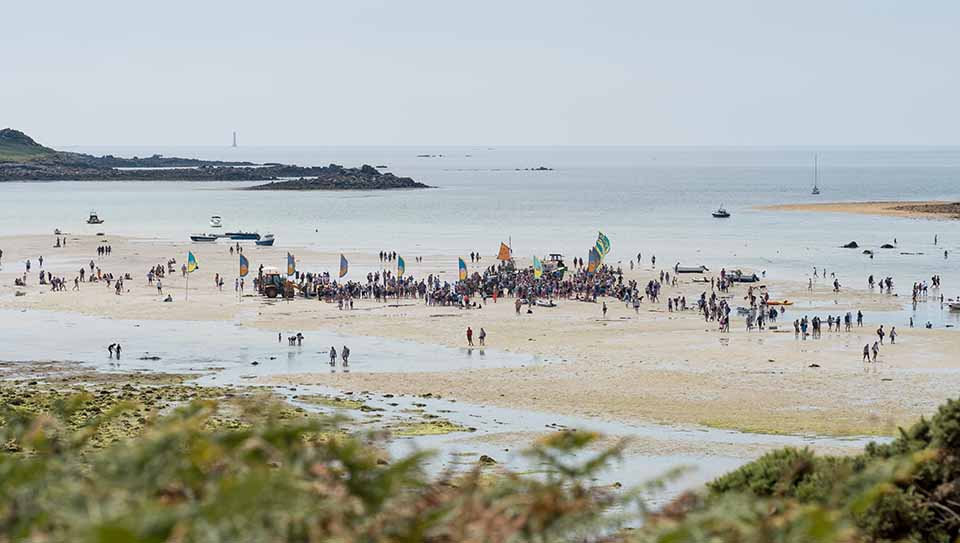History of Tresco
Tresco is famed for its natural beauty, exotic gardens, peace and tranquillity, but this island idyll has also been on the front line of Britain’s defences since the 16th century.
Was Tresco part of Lyonesse, the legendary "land across the sea" and final resting place of King Arthur? Did Athelstan, the most famous of the kings of Mercia, purge the island of the Viking menace or did that have to wait till the conversion to Christianity of Olaf Tryggvason in AD 994? History, mystery and legend are intertwined on an island that began its transformation 10,000 years ago and features prehistoric field systems dating back to Neolithic times.
Christianity had a profound impact here. For almost three centuries from 1120, the Benedictine monks of the Priory, the ruins of which form part of the Abbey Garden, brought peace and order to Scilly's northern isles.
But for the next 400 years, England's wars and Tresco's strategic importance at the mouth of the Western Approaches would make life miserable for the islanders.
They tried their hand at tin mining on Castle Down and producing soda ash from kelp on the beaches. They were smugglers, wreckers, and pilots competing to steer boats through the rocks and shallows. But the cumulative blows of the Armada, the Civil War - in which Tresco changed hands twice - and the Napoleonic Wars turned subsistence to poverty and famine.
The tide only turned in 1834, with the appointment of Augustus Smith as Lord Proprietor of the Scillies. Augustus broke with the sorry tradition of absentee landlords and incompetent agents to make Tresco his permanent home.
He restructured the failing farm industry, encouraged new ideas like the embryonic flower business and built schools on all the main islands, making education compulsory 30 years before the rest of Britain.
He could never have imagined what his two greatest bequests would be, though: the private garden carved from bare moorland around the old Priory, and the family dynasty who have shared its beauty with others and sustained his vision. Words like 'rare' and 'special' do scant justice to this achievement. It is unique.
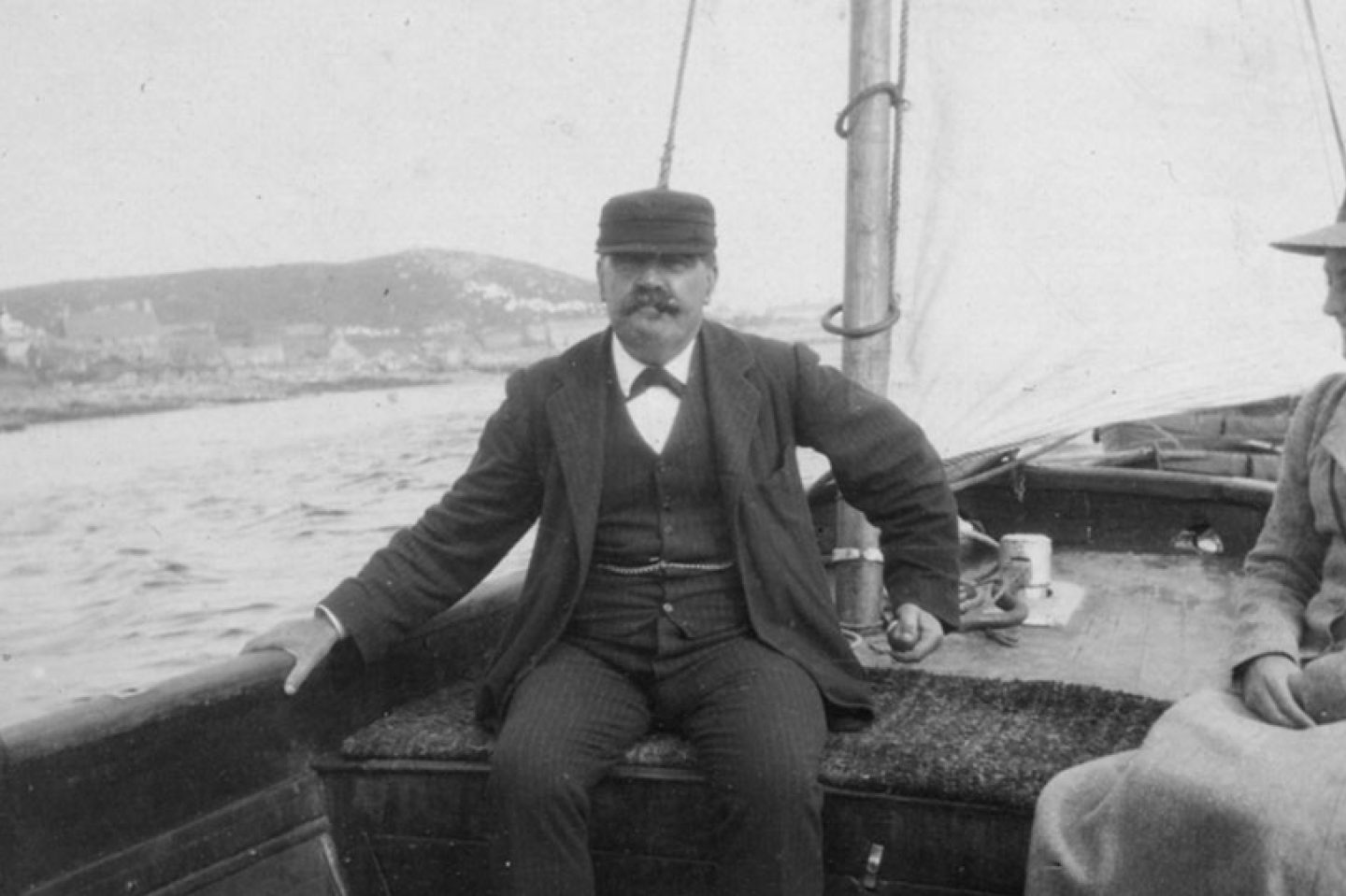
Historic Monuments
Today, it is possible to explore and walk through this unique history freely. Younger imaginations will be sparked to daydreams of scarlet-clad soldiers, while even the most avid history buffs will find their curiosity satisfied.
From the two Tudor Forts of the Old Blockhouse and King Charles’ Castle to the iconic Civil War-era Cromwell’s Castle and the remains of a Seaplane base that played a crucial part in the Great War, Tresco is brimming with sites of historical interest.
Today, English Heritage oversees these sites for the benefit of this and future generations.
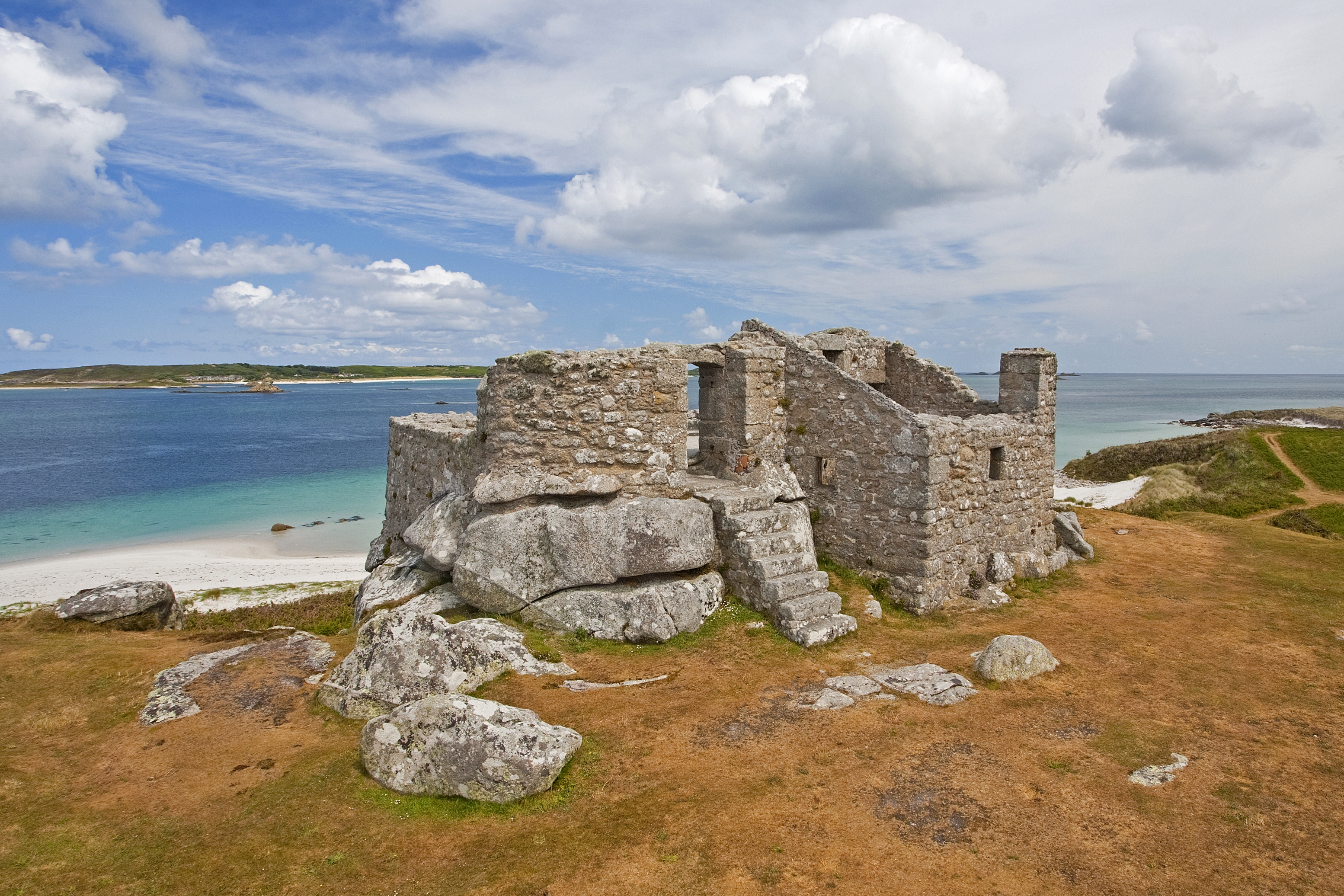
The Old Blockhouse (1548)
In Tudor Times, the Isles of Scilly was a weak point in England’s defences against invasion by the French and Spanish, a potential staging post for their imperial ambitions.
Work began on strengthening the defence of the islands, beginning with the construction of The Old Blockhouse between 1548 and 1554. The fort occupied a strategic position overlooking Old Grimsby Harbour and the channel between Tresco and Tean, a potential point of entry into the archipelago.
Typical of these small, strongly-built defensive structures, Tresco’s Old Blockhouse has a rectangular gun platform crowning a natural rocky outcrop. Accommodation for the garrison stationed on this exposed spot would have been simple; just a tiny lean-to with two windows and a fireplace.
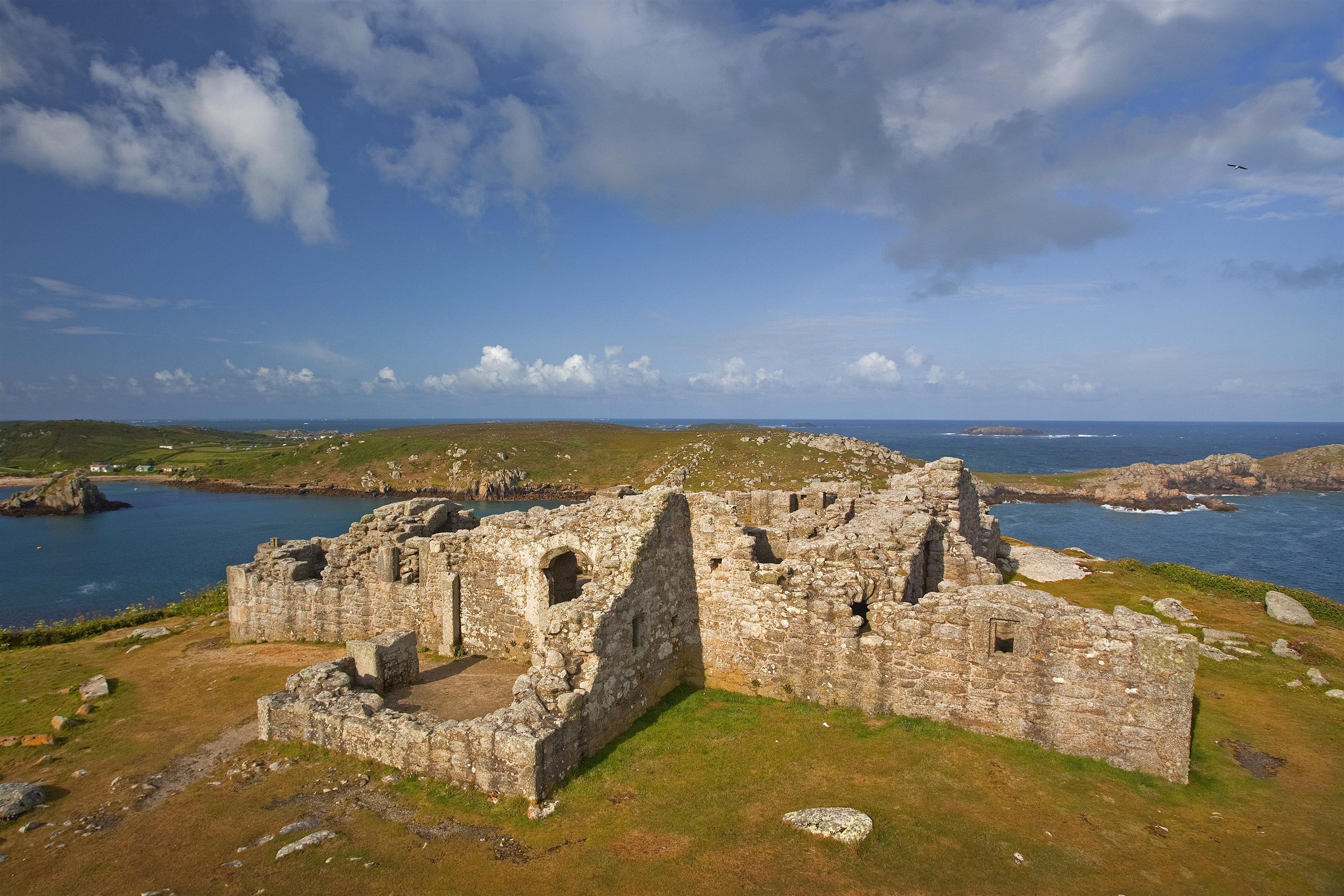
King Charles' Castle (1550s)
Named after its Royalist occupation in the Civil War, the fort was built around a century earlier in the 1550s, strategically guarding the harbour at New Grimsby and the channel between Tresco and Bryher.
However, the fort soon turned out to be badly sited to withstand attack or to fire on approaching ships; its clifftop location would have meant cannonballs rolling out of the cannons before they had the chance to be fired at approaching vessels below.
The fort would originally have had two floors and was cruciform in shape. Far grander than The Old Blockhouse, the fort would have had a large rectangular hall with two large fireplaces, a bread oven and two small chambers. The polygonal gun room held five gunports, with a further two on the upper storey.
It is thought the castle came to be partly dismantled to provide stone for Cromwell’s Castle on the shoreline below.
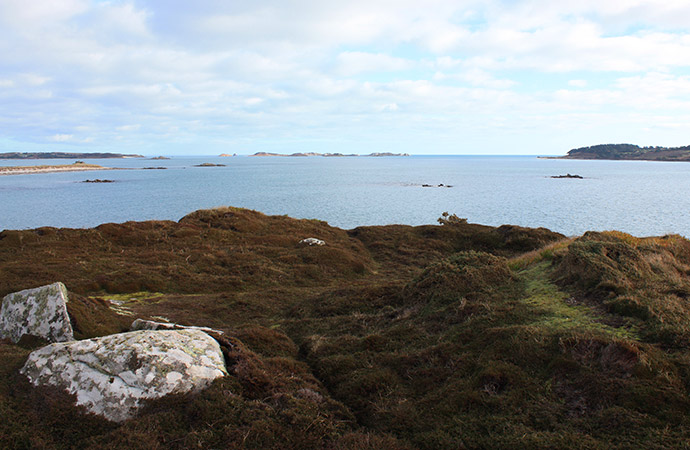
The Civil War and Oliver's Battery
During the Civil War, Scilly initially surrendered to Parliamentary troops before later rebelling and declaring for the King. The islands became a Royalist stronghold and a major privateering base, preying on British and Dutch vessels.
At the very end of the Civil War, in 1651, a squadron of Dutch ships was sent to Scilly to obtain the release of captured vessels, but Parliament feared an ulterior motive and dispatched a fleet under the command of Admiral Blake to bring the islands back under Parliament’s control.
After heavy fighting, Blake’s troops eventually landed on Tresco near The Old Blockhouse before marching across the island to take King Charles’ Castle. With the island in Parliament’s hands, a gun battery, Oliver’s Battery, was built in front of the large rocky outcrop at Carn Near, from where the garrison could shell ships in St Mary’s Pool and the Road, forcing the Royalists to surrender in June 1651.
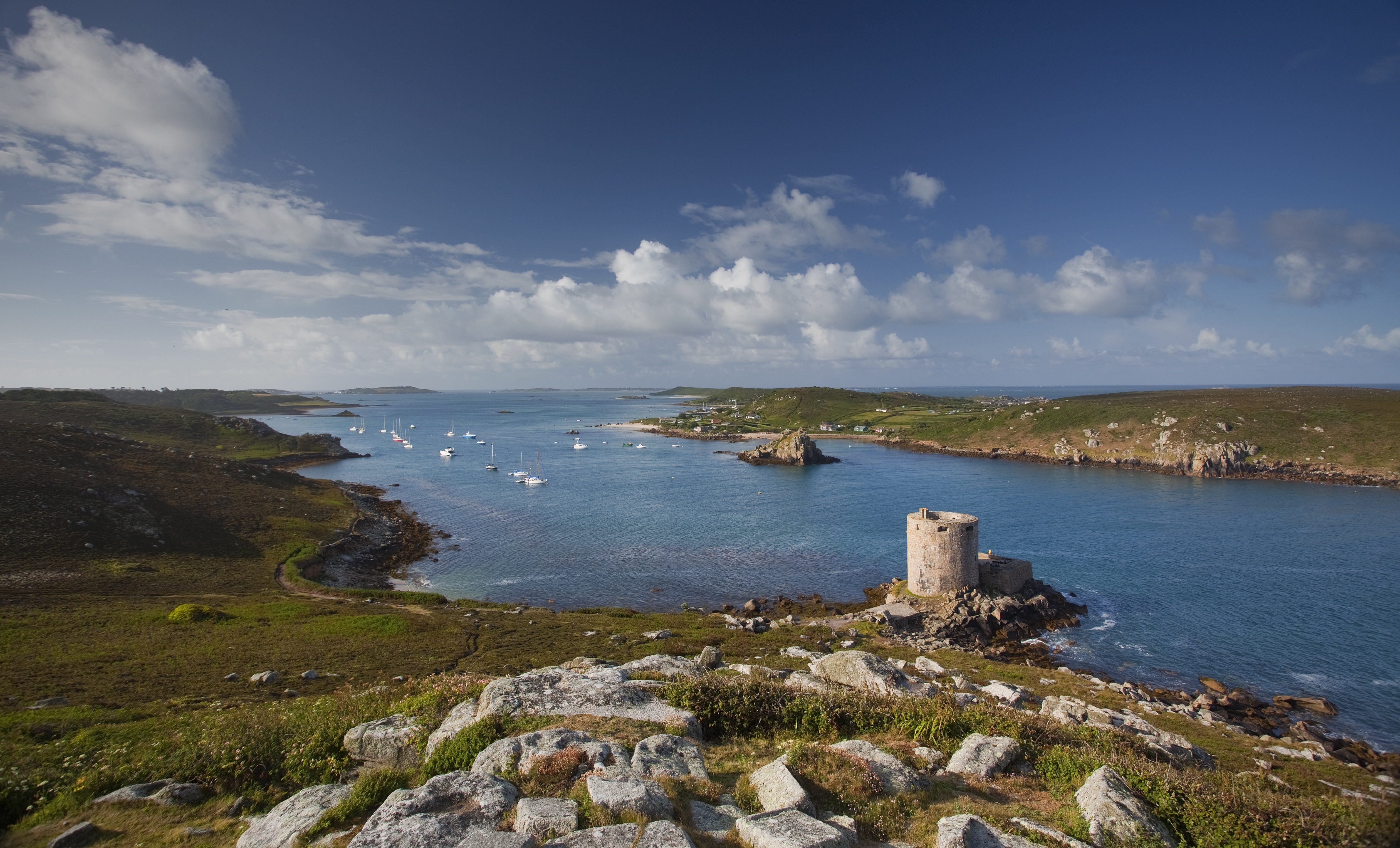
Cromwell's Castle
One of only a few stone fortifications surviving from the Interregnum, Cromwell’s Castle was built on the site of a former Tudor Blockhouse and partly constructed from stone dismantled from King Charles’ Castle on the downs above.
Taking its name from Oliver Cromwell, Lord Protector of England, the castle was built by the Parliamentarians following Admiral Blake’s recapturing of Scilly in 1651.
Guarding one of the main routes into the archipelago, the castle left any invading fleet with scant options: landing troops on this side of Tresco would have been impossible without first capturing or destroying the castle.
The castle initially consisted of a basement, two heated upper floors (identifiable by joist holes and fireplaces) and a rooftop gun platform with six widely splayed gunports granting all-around offensive positions. This was largely superseded by the 18th-Century lower gun platform on the seaward side.
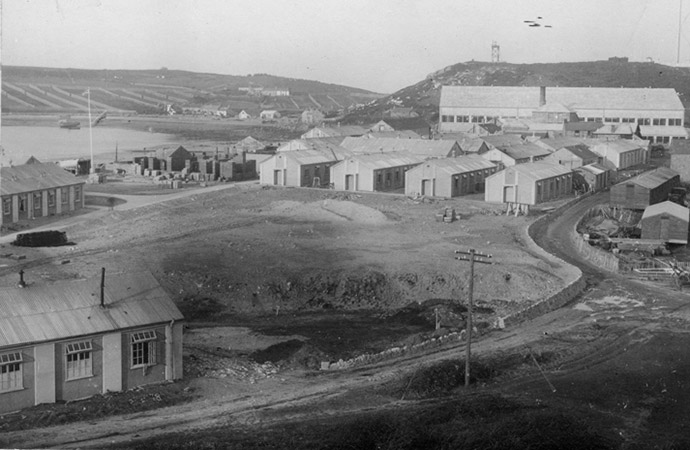
Tresco Sea Plane Base
During World War I, Scilly remained strategically significant but for an entirely new form of warfare, as submarines threatened Allied shipping in the Western Approaches.
Aircraft could spot the wake of a submarine periscope from several miles away, and in January 1917, a flying boat and seaplane base was created at Porthmellon on St Mary’s, despite warnings that the bay was too exposed. These concerns proved well-founded, and before it became operational, the base was transferred to New Grimsby on Tresco.
The base covered the southern part of the bay. Ratings were initially housed in tents, but soon offices, quarters, a canteen and a sickbay were built, along with a slipway and hangars for the H12 flying boats.
The first patrol was flown on 28 February 1917, and in the last two years of the war, aircraft from Scilly made thirteen U-boat sightings and attacked on nine occasions. Indeed, it was a flying boat from RNAS Tresco that scored the first successful sinking of a U-boat by a plane anywhere in the world.
Today, the Flying Boat Cottages, café and spa remind us of the remarkable history of this site, and the rails used to launch the flying boats can still be seen in the slipway leading to the water’s edge. Cottages Puffin, Tern and Kittiwake are formed of an old potato store commandeered for bomb storage, while The Power House, another former agricultural building converted for duty, also survives as Old Mill Cottage.




